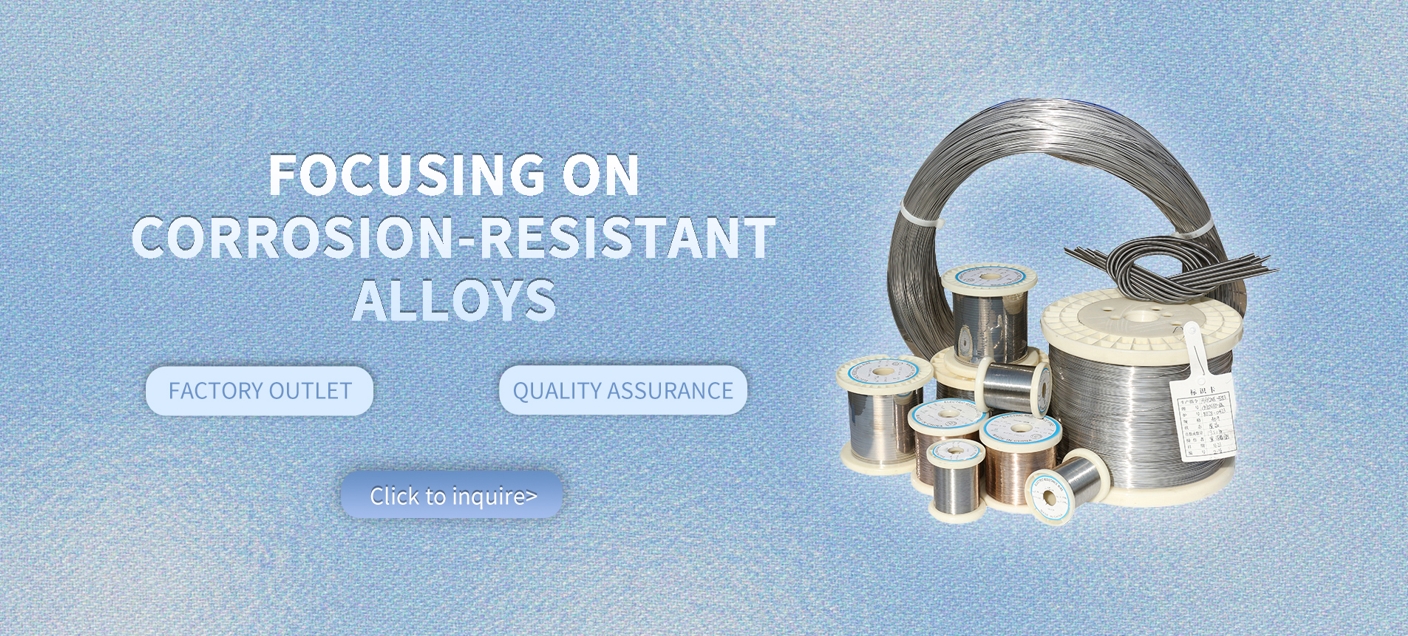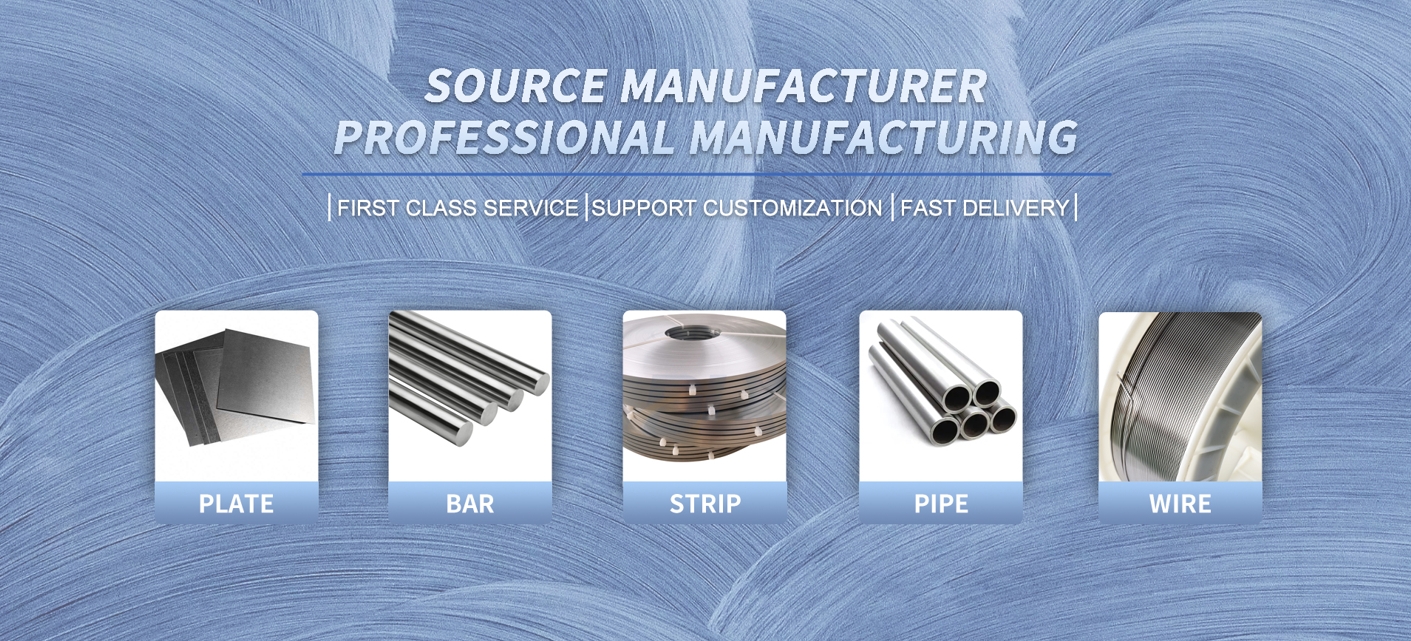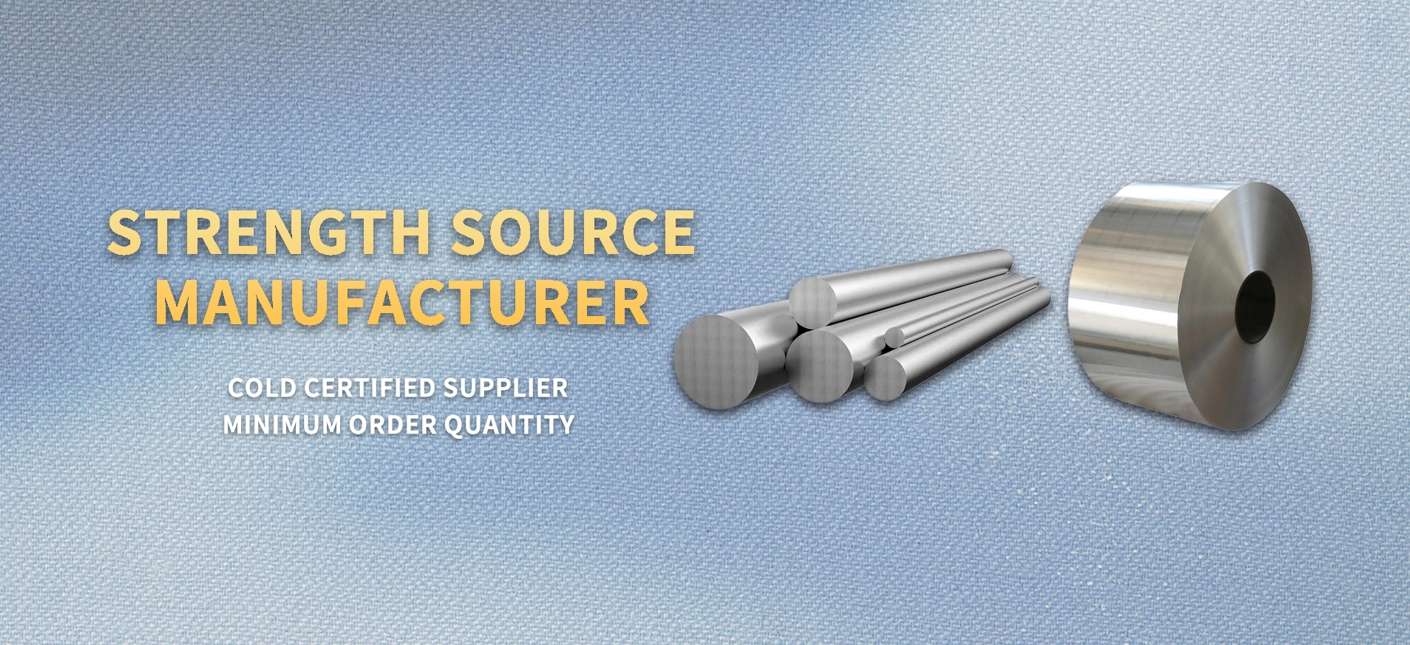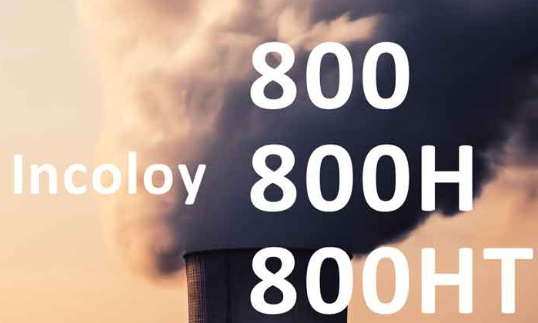What is the difference between INCOLOY 800 and 800H?
Unlocking the Secrets: DLX Alloy 800 vs. 800H – Composition, Strength, and Why They're Game-Changers in High-Heat Industries
Discover the key differences between DLX Alloy 800 and 800H, from carbon tweaks boosting creep resistance to real-world apps in petrochemicals and power plants. Dive into trends shaping 2025's high-temp alloy market – 1200+ words of insider insights from DLX Alloy.
Hey folks, it's your go-to crew at DLX Alloy here, spilling the beans on two of our heavy-hitters: Alloy 800 and Alloy 800H. If you're knee-deep in high-temperature setups like cracking furnaces or heat exchangers, you know these bad boys are lifesavers. But what's the real scoop on how they stack up? We're talking subtle shifts in makeup that crank up performance where it counts – think better endurance under insane heat without breaking a sweat (or, well, without your equipment doing the sweating). In this deep dive, we'll break down the materials, toss in a handy comparison table, chat apps that keep industries humming, and peek at the 2025 trends that have us all buzzing. No fluff, just straight talk from the folks who forge this stuff. Let's roll.
Getting to Know the Materials: What's Under the Hood?
Alright, let's start with the basics. At DLX Alloy, we've been perfecting these nickel-iron-chromium blends for years because, let's face it, not every job needs the same muscle. Alloy 800 is our versatile workhorse – solid for moderate heat duties up to about 650°C, where oxidation and carburization try to crash the party. It's got that sweet spot of corrosion resistance and strength, making it a no-brainer for setups that don't push the absolute limits.
Flip to Alloy 800H, and we're leveling up. This one's engineered for the brutal stuff – think sustained exposure above 650°C, where creep (that sneaky slow deformation under stress) can turn your pricey gear into a limp noodle. The magic? A dialed-in carbon bump and some smart heat-treating wizardry. We're not reinventing the wheel here; it's all about fine-tuning so your components last longer, run hotter, and save you headaches (and bucks) down the line.
Chemically, both share a rock-solid foundation: around 30-35% nickel for that killer corrosion shield, 19-23% chromium to fend off oxidation like a champ, and iron filling out the balance for affordability without skimping on toughness. Throw in traces of manganese (max 1.0%), silicon (max 1.0%), and copper (max 0.75%) to keep things stable. But here's where they diverge – carbon and those aluminum-titanium allies.
For Alloy 800, carbon caps at 0.10% max, keeping it flexible for general fab. Aluminum plus titanium? A broad 0.30-1.00% window, which works great for everyday annealing. Alloy 800H tightens the screws: carbon sits pretty between 0.05-0.10%, promoting those carbide formations that lock in creep resistance. Al + Ti? Still 0.30-1.00%, but we control it tighter (often ≤0.75% in practice) and pair it with a solution anneal at higher temps – around 1150-1200°C followed by rapid cool – to grow coarser grains. Why? Finer grains in standard 800 are fab-friendly but flop at high heat; coarser ones in 800H mean way better rupture strength, like doubling your uptime in a reformer tube.
Mechanically, it's night and day at elevated temps. Room-temp tensile? Both hover around 600 MPa yield and 550-750 MPa ultimate, with 30-50% elongation for easy forming. But crank it to 700°C, and Alloy 800H shines – its creep rupture life can outlast 800 by factors of 2-5x, depending on stress levels. That's not hype; it's physics. Those extra carbides pin the grains, stopping slip under load. Density-wise, both clock in at 7.94 g/cm³, so no weight surprises in your designs. And corrosion? Stellar across the board – resistant to sulfidation, nitriding, and even some aqueous acids. But 800H edges out in polythionic stress cracking scenarios, a real gotcha in shutdowns.
In short, if your gig is "hot but not scorching," grab Alloy 800 for cost savings. Pushing boundaries? 800H's your endurance athlete. We've seen clients swap in 800H and slash maintenance cycles by 40% – real talk from the shop floor.
Head-to-Head: The Parameter Showdown Table
Numbers don't lie, right? Here's a quick-hit table comparing the core specs. Pulled straight from our DLX lab data and spec sheets – use it to spec your next project.
| Parameter | DLX Alloy 800 | DLX Alloy 800H |
|---|---|---|
| Chemical Composition | ||
| Nickel (Ni) | 30.0-35.0% | 30.0-35.0% |
| Chromium (Cr) | 19.0-23.0% | 19.0-23.0% |
| Iron (Fe) | 39.5% min | 39.5% min |
| Carbon (C) | ≤0.10% | 0.05-0.10% |
| Aluminum + Titanium (Al+Ti) | 0.30-1.00% | 0.30-1.00% (controlled ≤0.75% typical) |
| Mechanical Properties (Annealed) | ||
| Yield Strength (0.2% offset, RT) | ≥215 MPa | ≥275 MPa (min spec for high-temp use) |
| Tensile Strength (RT) | 550-750 MPa | 600-750 MPa |
| Elongation (RT) | 30-50% | 30-35% |
| Creep Rupture Strength (1000h @ 700°C, 100 MPa) | ~50-100h life | 200-500h life |
| Physical Properties | ||
| Density | 7.94 g/cm³ | 7.94 g/cm³ |
| Melting Range | 1350-1400°C | 1350-1400°C |
| Thermal Conductivity (20°C) | 14.4 W/m·K | 14.4 W/m·K |
| Max Service Temp (Oxidizing) | 650°C (continuous) | 815°C (continuous) |
| Typical Forms | Sheet, plate, tube, bar | Sheet, plate, tube, fittings |
This table's your cheat sheet – spot the creep boost in 800H? That's the carbon-carbon bond magic. Pro tip: For custom tweaks, hit us up; we mill to your exact needs.
Where the Rubber Meets the Road: Real-World Applications
Now, let's get practical. These alloys aren't lab rats – they're out there grinding in the toughest spots. At DLX, we've supplied Alloy 800 for everything from electric range heating elements (yeah, your kitchen's unsung hero) to carburizing retorts in heat-treat shops. It's the pick for process piping in chemical plants handling nitrates or sulfates, where moderate heat (up to 600°C) and wet corrosion team up. Think nitric acid catalyst supports or dampers in exhaust stacks – reliable, weldable, and won't nickel-and-dime your budget.
Alloy 800H? That's our high-stakes player. Petrochem giants love it for ethylene pyrolysis coils and vinyl chloride crackers, where temps spike to 1000°C in bursts. We've piped it into reformer outlet pigtails and manifolds in hydrogen plants – those spots where stress and heat conspire to fail lesser metals. Power gen? Absolutely – superheater tubes in boilers shrug off steam at 700°C+. And don't sleep on nuclear: it's in steam generators, resisting stress corrosion like a boss.
One client story: A Midwest refiner swapped generic piping for our 800H tubes after repeated leaks. Result? Zero failures in two years, plus 15% efficiency gains from hotter runs. Applications span heat exchangers (shell-and-tube for hydrocarbon cracking), furnace components (muffles, radiant tubes), and even pressure vessels in acetic acid production. Form factors? We roll seamless tubes up to 12" OD, forge fittings, or laser-cut sheets – whatever your fab shop craves. Bottom line: 800 for broad utility, 800H for when downtime's not an option.
Industry Trends: What's Hot in 2025 and Beyond
Fast-forward to 2025, and the high-temp nickel alloy scene is on fire – pun intended. The global market's exploding from $22.3 billion this year to a whopping $51.8 billion by 2035, clocking a 8.9% CAGR. Why? Blame (or thank) the green energy boom. Renewables like concentrated solar power (CSP) towers need alloys that laugh at 800°C+ cycles, and we're seeing DLX 800H in molten salt receivers already. Aerospace? Jet engines guzzling more efficient blades, pushing nickel demand up 2.6% annually through 2030.
Oil & gas isn't fading – fracking and LNG export terminals crave corrosion-resistant piping for sour service. But the real disruptor? Carbon capture setups. CCS plants hit 600-900°C, and our alloys are prime for amine reboilers and syngas coolers. Trends point to sustainability: recycled nickel content rising (we're at 40% in our melts), additive manufacturing for complex parts, and coatings like aluminizing to stretch life 20%. Challenges? Supply chain snags from Indonesia's ore curbs, but DLX's vertical integration keeps us steady.
Looking ahead, expect hybrid alloys blending 800H traits with lighter weights for EVs' thermal management – batteries running hot under fast-charge. Power gen shifts to gas turbines with higher inlet temps (hello, 800H blades). And in chems, bio-based processes demand purer corrosion resistance. We're betting big: R&D here at DLX is tweaking Al-Ti for even better oxidation at 900°C, aiming for 10% cost drops via powder met. If you're in aero, energy, or process industries, 2025's your year to upgrade – these trends scream opportunity.
Wrapping It Up: Choose Your Fighter with DLX
So, there you have it – the lowdown on DLX Alloy 800 vs. 800H. That carbon tweak and grain game in 800H? It's the diff that delivers outsized wins in creep-heavy apps, while 800 keeps things economical for the daily grind. From petrochemical heat exchangers to power plant guts, these alloys are fueling the future, backed by a market roaring toward $50B+. At DLX, we're not just suppliers; we're partners in pushing limits. Got a project brewing? Our team's ready to spec, test, and ship – because in high-heat world, reliability isn't optional.




